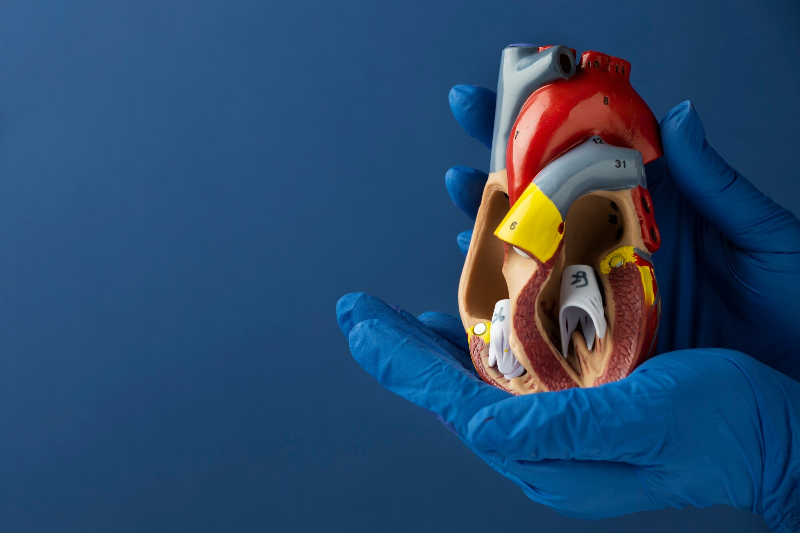by Radiological Society of North America
Kaplan-Meier curve analysis. During follow-up after gated SPECT myocardial perfusion imaging, for a one-unit increase in risk level, the MACE incidence rate ratio increases (A) 2.85 (95% CI: 2.42, 3.35; P < .001) in the training group, (B) 2.49 (95% CI: 1.96, 3.15; P < .001) in the validation group, and (C) 2.73 (95% CI: 2.39, 3.12; P < .001) in the global cohort. (D) Patients with high (HRi) and very high (VHR) risk levels (n = 879) are the groups with the worst prognosis. HR = hazard ratio, LR = low risk, MACE = major adverse coronary events, MR = moderate risk. Credit: Radiology Cardiothoracic Imaging (2024). DOI: 10.1148/ryct.230381, https://pubs.rsna.org/doi/10.1148/ryct.230381
A new risk score accurately predicts and categorizes the risk of major adverse cardiovascular events, such as heart attack, in women. The findings were published today in Radiology: Cardiothoracic Imaging.
According to the Centers for Disease Control and Prevention, heart disease is the leading cause of death in U.S. women. The same can be said for women in Latin America, Europe, Asia and Pacific countries. However, since men are more likely to suffer from heart conditions such as coronary artery disease, women tend to be overlooked in cardiovascular studies.
"Women are often underrepresented in research studies, and in some settings may be excluded," said study lead author Guillermo Romero-Farina, M.D., Ph.D., cardiologist and senior researcher at the Vall d'Hebron University Hospital, Vall d'Hebron Research Institute and CIBERCV in Barcelona, Spain.
"Risk stratification in women is particularly important because the clinical presentation of coronary disease in women may differ from that in men and is often atypical."
Coronary risk stratification models are an important tool physicians use to identify which patients are most likely to experience major adverse cardiovascular events, such as heart attack, stroke or even death. Establishing a Coronary Risk Score in Women (CORSWO) may aid in the prediction of major cardiovascular events.
In this retrospective study, Dr. Romero-Farina and colleagues analyzed the data of 2,226 women aged 40 to 93 years who were referred to the Nuclear Cardiology Unit at Vall d'Hebron University Hospital for risk assessment and evaluation.
All patients underwent gated SPECT myocardial perfusion imaging, which is an imaging procedure that measures left ventricular function and myocardial perfusion at the same time.
The average follow-up time occurred around was approximately four years. The maximum follow-up time was 10 years, and all follow-ups occurred in the hospital as a result of a major adverse cardiovascular event.
Using eight variables, the CORSWO calculated the risk of a cardiac event in patients and categorized them into four risk levels: low, moderate, high and very high.
"By grouping patients into different risk levels—ranging from low to very high risk—doctors can better focus resources and treatments on those who need them the most," Dr. Romero-Farina said.
The model accurately predicted major adverse cardiovascular events in women who were categorized as high and very high risk and performed better than other risk models.
The researchers note that this novel approach of incorporating clinical, exercise and imaging-based variables is important in accurately calculating the risk of cardiac events in women.
"The study provides additional insights into identifying high risk or very high-risk women," Dr. Romero-Farina said. "This approach helps us catch potential heart issues earlier, especially serious events like heart attacks and sudden cardiac death, which are the outcomes cardiologists are most concerned about preventing."
More information: Prediction of Major Adverse Coronary Events Using the Coronary Risk Score in Women, Radiology Cardiothoracic Imaging (2024). DOI: 10.1148/ryct.230381, pubs.rsna.org/doi/10.1148/ryct.230381
Provided by Radiological Society of North America







Post comments